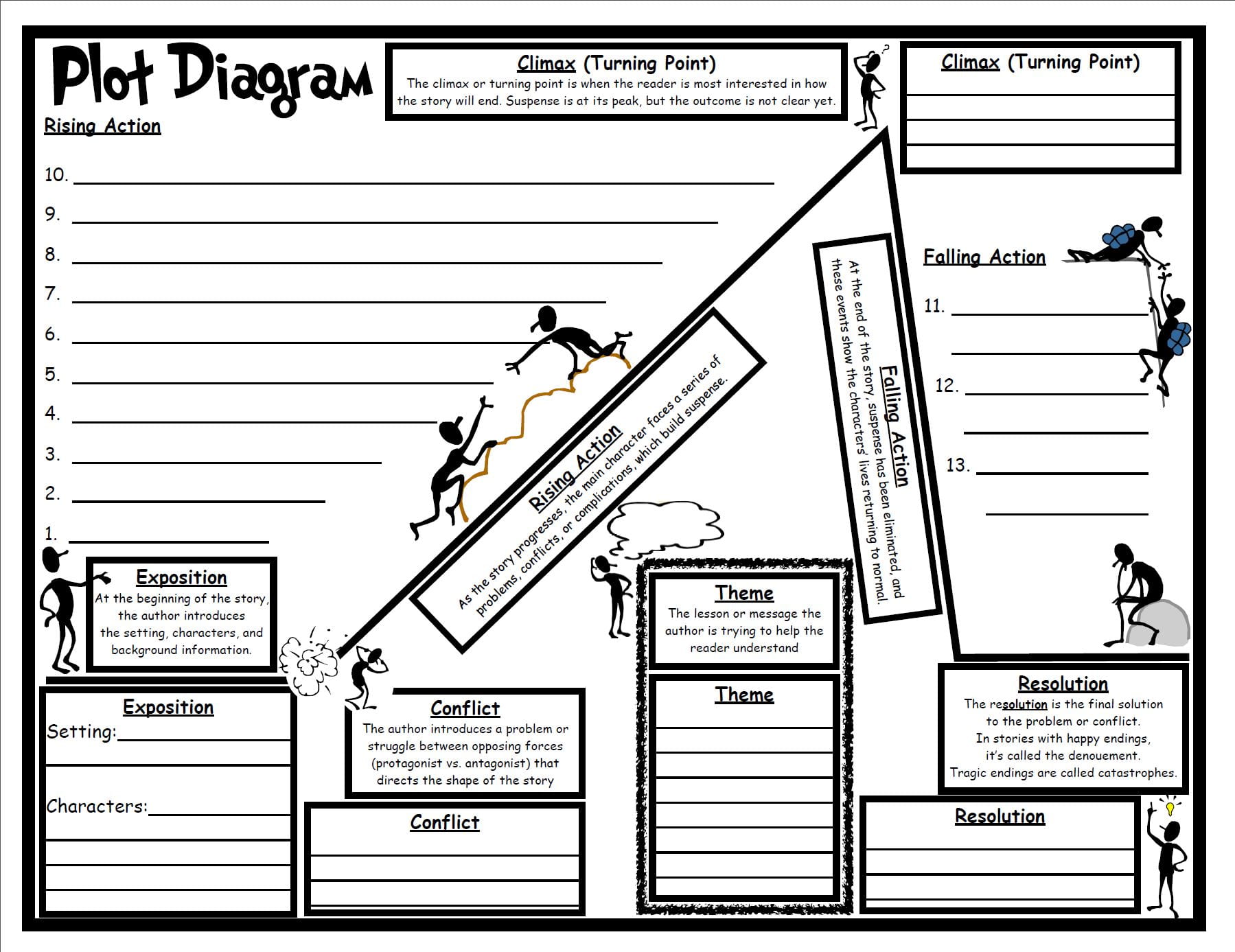Monday morning started out like most, with French. Upon returning to the classroom, though, we took time to talk about tomorrow’s MAP assessment. We began by looking at the learner profile traits and discussing which ones might be most useful during the assessment. While several were initially identified, it was determined that ALL of the traits would probably be beneficial at some point during the process.
Guided by a Prezi, we then examined a set of anonymous results, thoughtfully making observations and inferences about why the results looked the way they did. Students then had an opportunity to review their own results from last year, reflect, and set goals for their beginning-of-the-year assessments. After each goal was set, students took time to write an action plan, specific to each subject. Sentence stems were provided for students to ponder. The process is a powerful one as we seek to show what we know.
Once goals were set, we spent time relishing our read aloud – Chu Ju’s House. The first chapter enable us to get to know the characters – their past, present, and personalities. We also spent time talking about the primary problem facing the main character and her family. Curiosity about the impact of the country (setting) and culture caused a number of critical questions to be asked. Of course, we had to pause -always and inopportune time when reading a good book. There’s nothing like suspense to make us hungry to read again tomorrow.
With a marvelous mentor text as our guide, we started to think about the events that will be pieced together to develop the plot of our own stories. Using the plot diagram, we focused today on identifying the main events that our problem solver will face. Taking time to plan prior to writing and to think about the problem solving process of both our character and ourselves as writers is imperative.

In math, using our UPSC (Understand-Plan-Solve-Check) problem solving process and some of China’s “talls” (the tallest buildings in China), we explored a variety of addition strategies (column, partial sums, algorithm). Always striving to reach the sweet spot, effectiveness and efficiency were key considerations.
Partial Sums
Column Addition
U.S. Standard (Traditional) Algorithm
